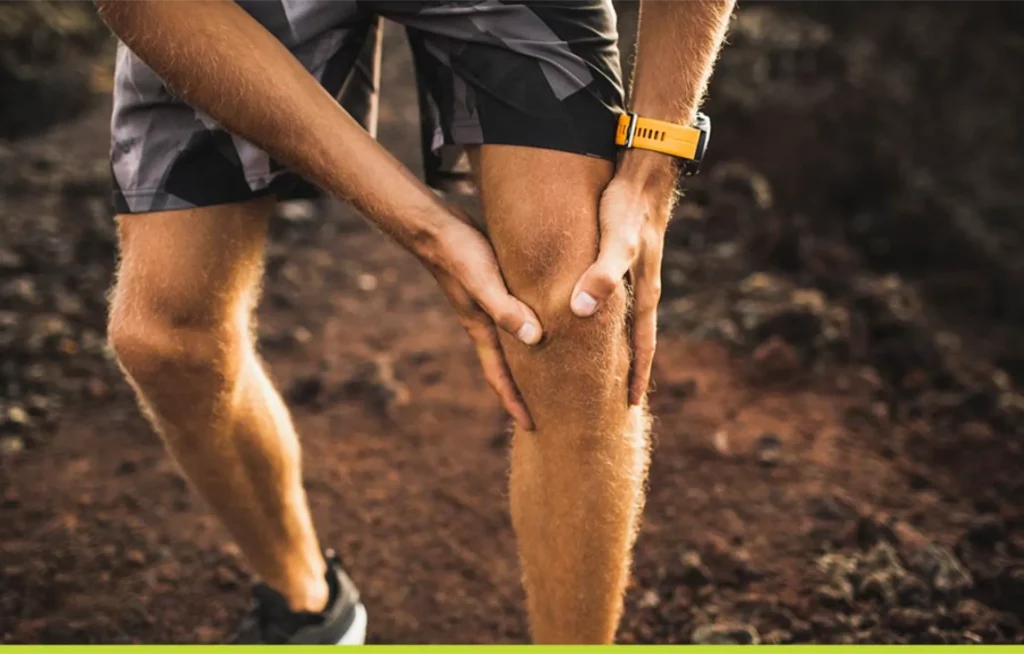Patellar Tendonitis – What is it?
Ok so you think you have Patellar Tendonitis? You have tried to get back into playing sport or going running to get your fitness back. All is going well for a few days/weeks and then bang, you are having pain just below the knee cap that is worse on stairs and when running? This sound familiar? Well keep reading then.
Patellar Tendon Anatomy
The Patella tendon is a very strong collagenous structure that connect the patella (kneecap) to the tibia. The structure of the collagen is made up of tiny string like fibers called collagen fibrils. These are tightly packed together into tendon fiber bundles called fascicles, which in turn are packed together to form the tendon.
The patella tendon primarily gets injured when there is prolonged activity such as running or jumping. When you run or jump, the patella tendon is very active upon landing as it absorbs the load of your body landing on one leg. Repeated landing on one leg (Running /Jumping) causes the tendon to undergo, micro damage in the small tendon fibers.
As tendons do not have a good blood supply, they take longer to heal. It usually takes the tendon longer than muscles of ligaments to regenerate. So, what this means is that if you have pain in your tendon its going to take longer to heal than a muscle.
Most people don’t know this but, when they feel like the pain has subsided and return to the activity that caused the pain in the first place, the pain returns, and the patient is bewildered.
Cause Of Patellar Tendonitis
- Over load of landing or jumping activity
- Weak Posterior Chain (Glutes Hamstrings)
- Weak Quads
- Reduced Hip Mobility
- Reduce Ankle Strength
- Poor Landing Mechanics
- Symptoms of Patellar Tendonitis
Common Symptoms
- Acute pain in tendon, either on end of patella, mid tendon or at tibia insertion
- The tendon will be stiff in the morning and may also be painful
- Pain will be present going up and down stairs, jumping landing or running
- Pain reduced when exercising but returns after exercise.
Treatment
Treatment focuses on initially avoiding the irritating activity to reduce acute pain
Shockwave Therapy works exceptionally well in this stage of the rehab as it can reduce pain inducing enzymes such as a substance P in the tendon.
From there a progressive loading protocol is followed to increase tendon stiffness so it is capable of absorbing load.
Note- Tendons like to be loaded so you will need to be using weights, and heavy ones. Body weight exercises have been shown to be ineffective or very inefficient for rehab.
The last phase of rehab focuses on correcting any neuromuscular control issue on landing mechanics and eventually plyometric exercises to again improve tendon stiffness.
Best Exercises for Patellar Tendinitis
Banded Deadlifts
Single Leg Romanian Deadlift

